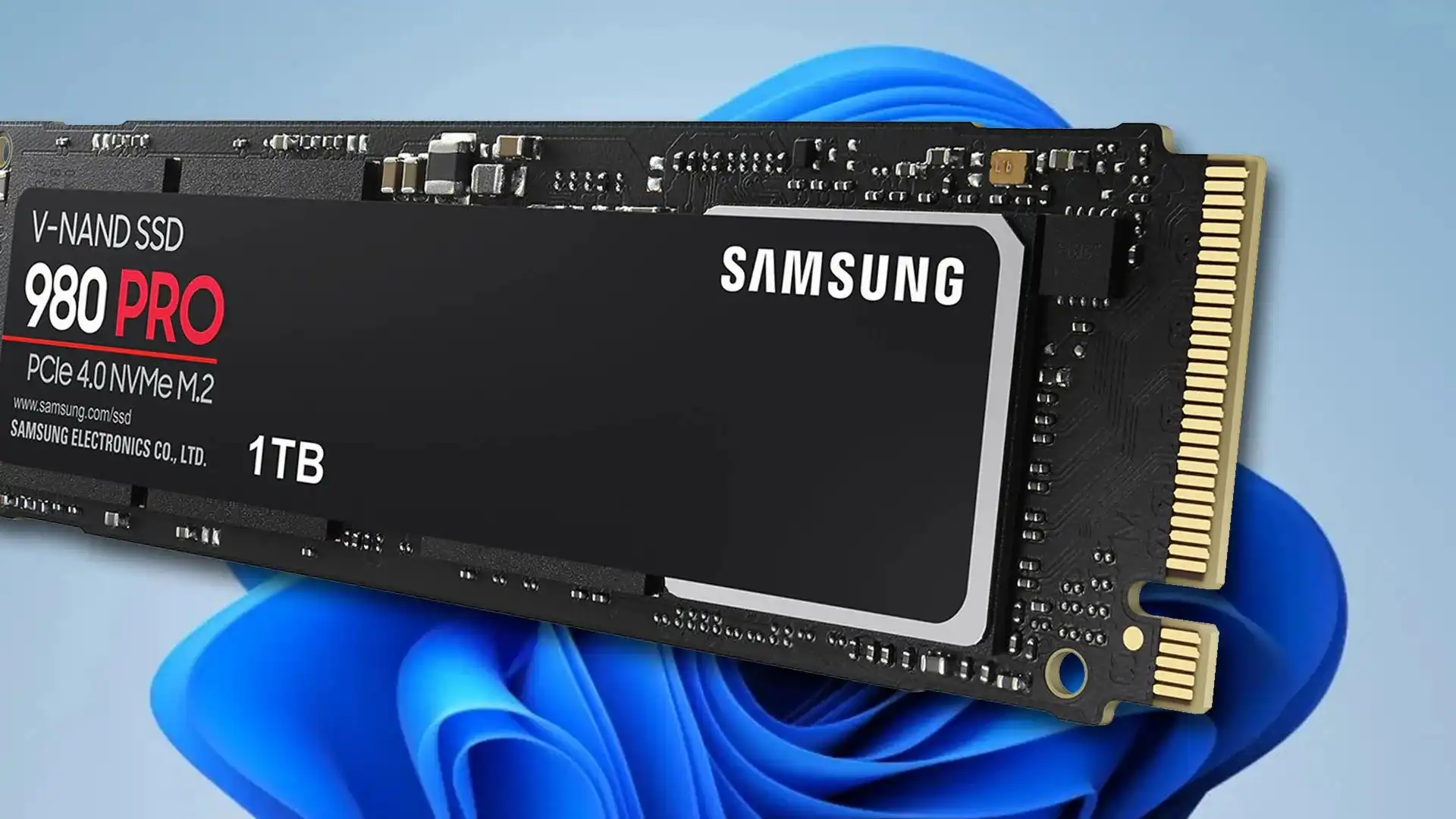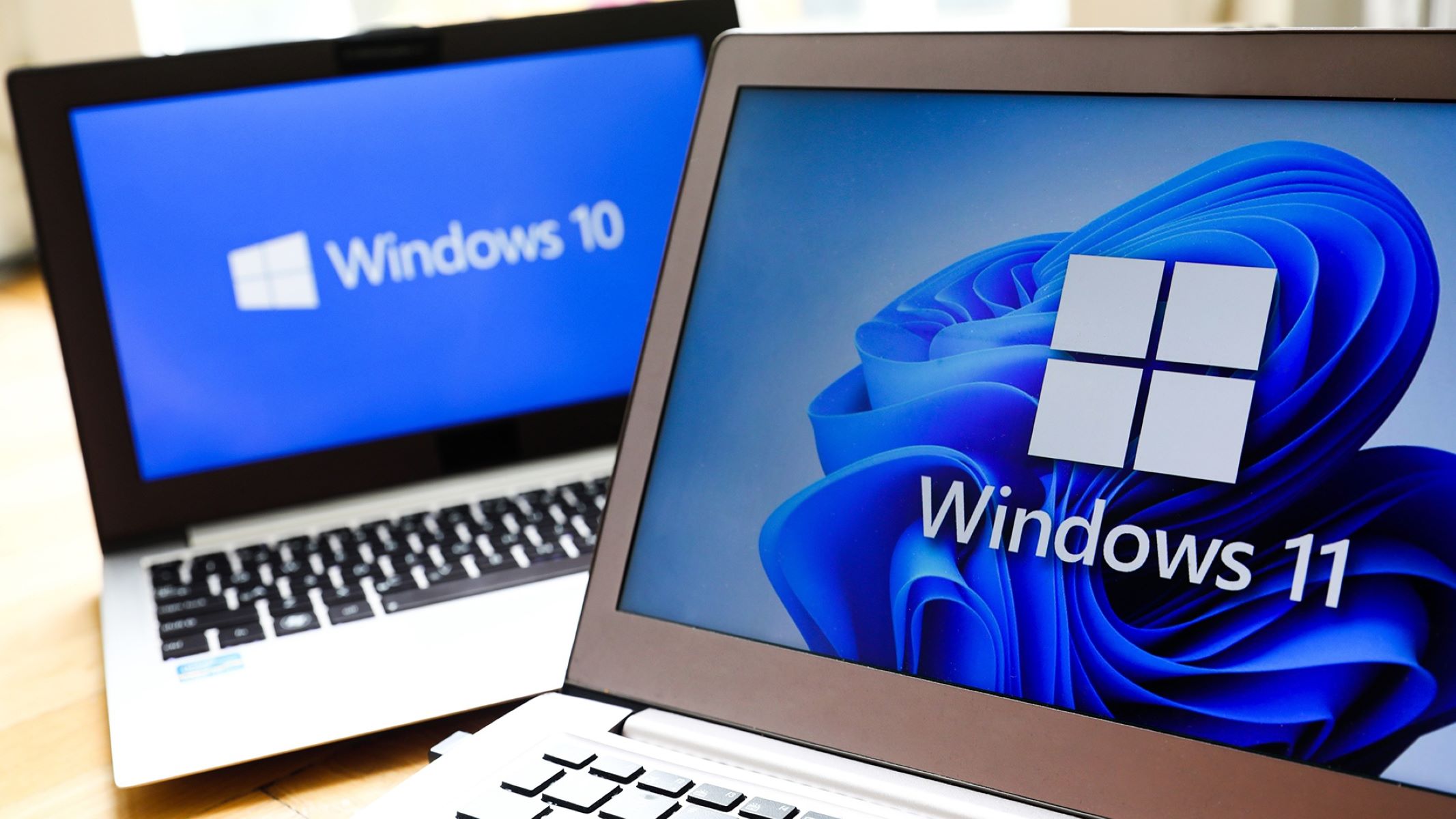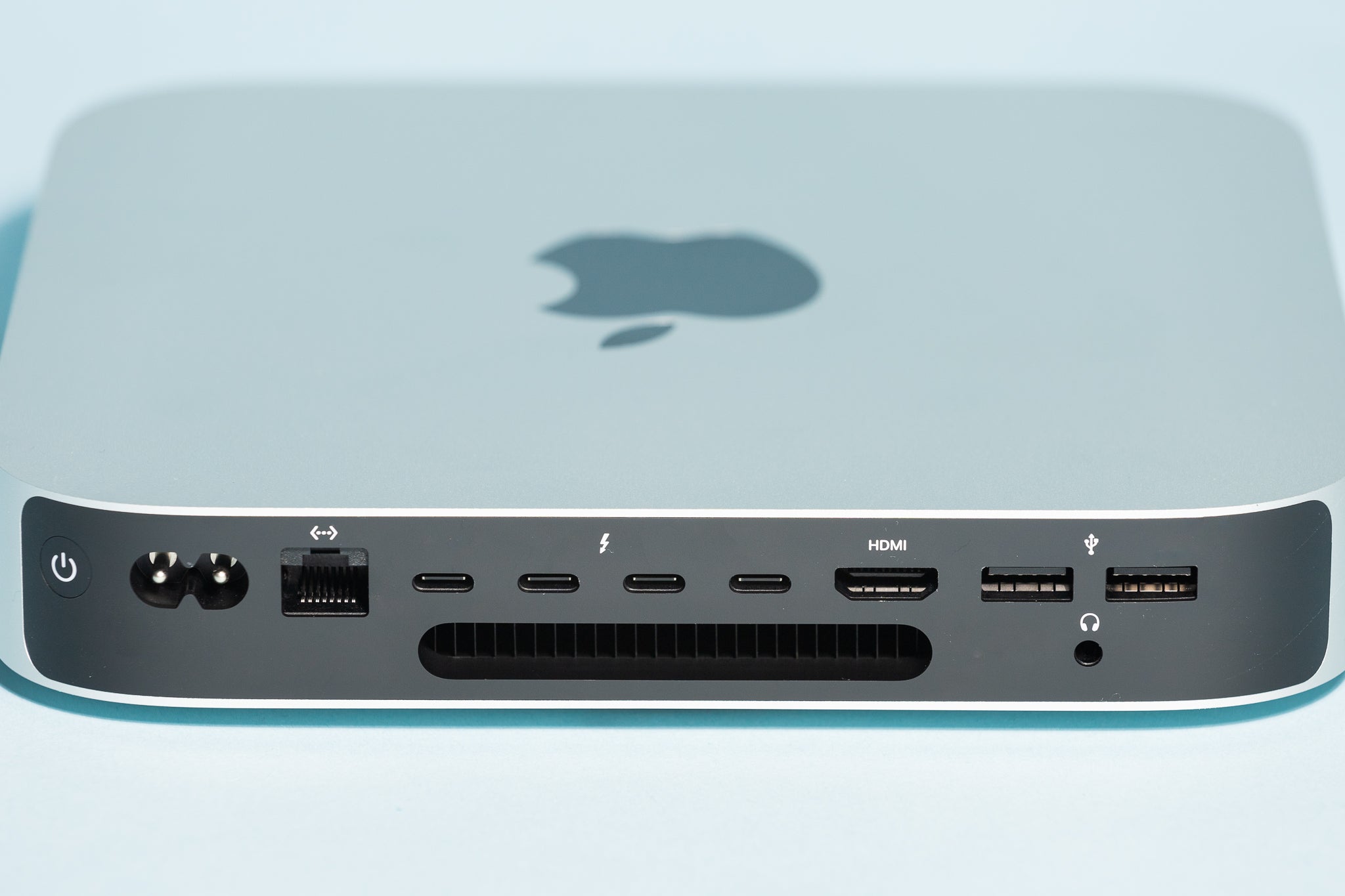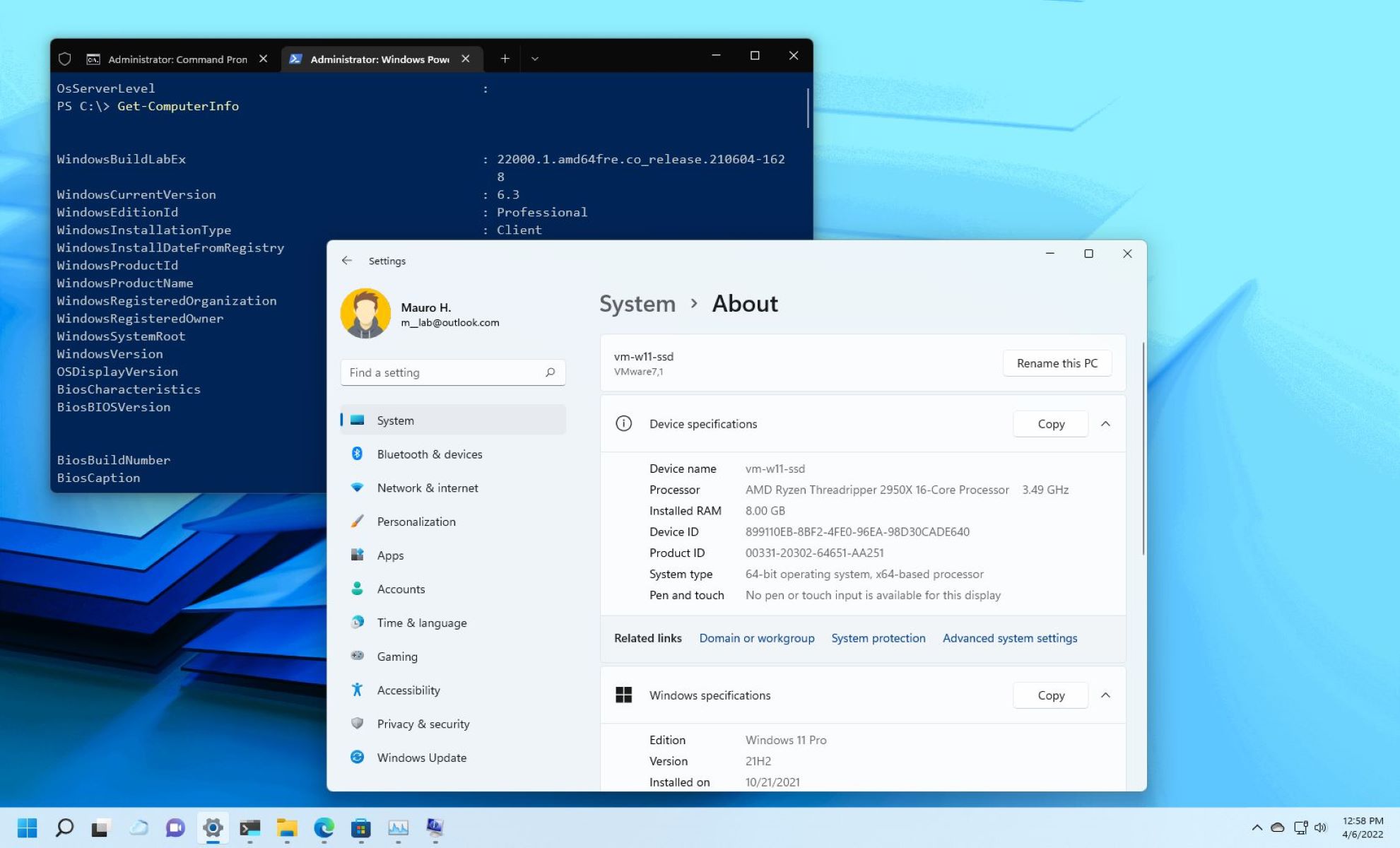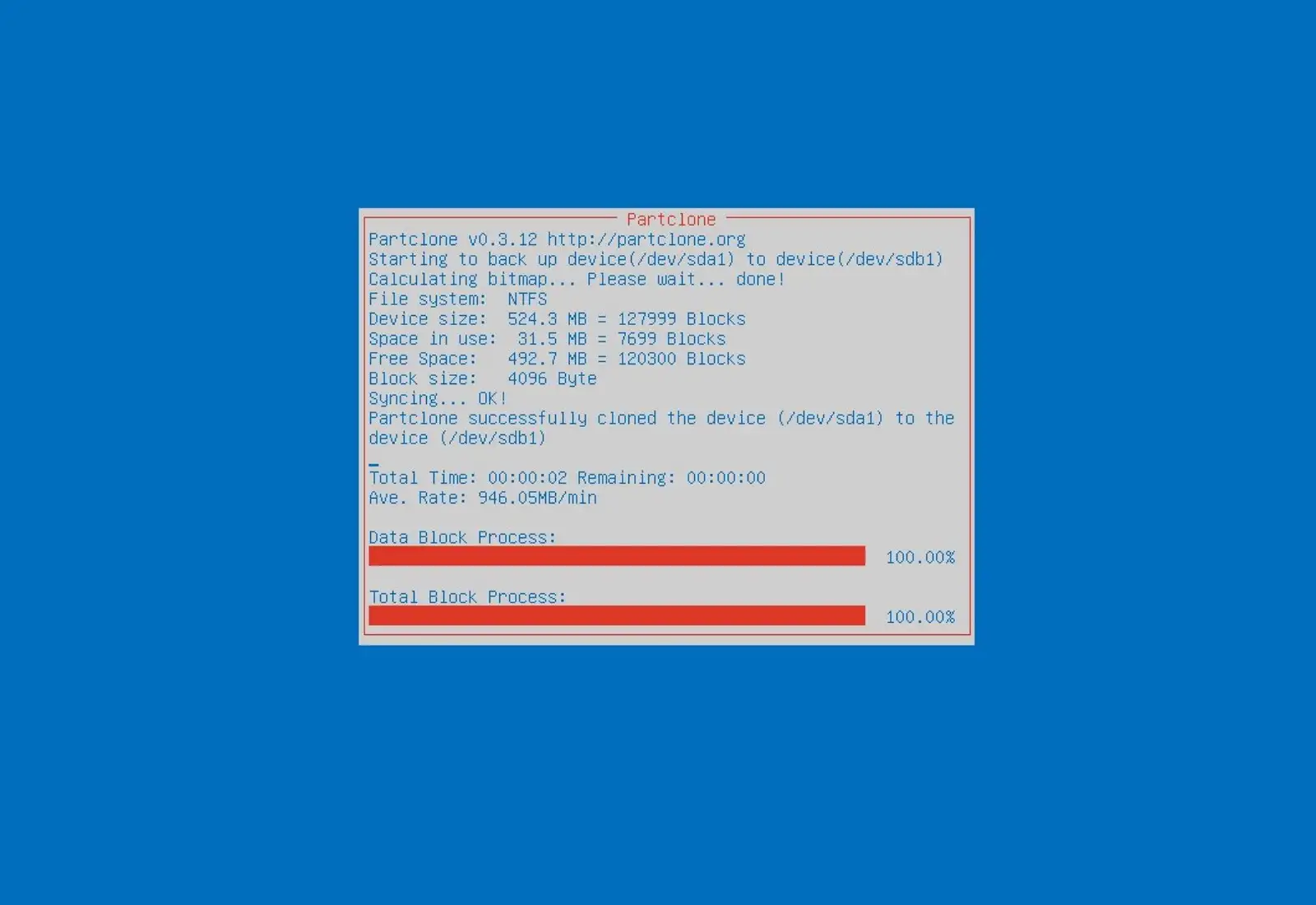Introduction
Welcome to the world of Windows 11, the latest operating system from Microsoft with a sleek and modern design. Whether you’re a tech enthusiast, a gamer, or even a casual user, you may occasionally need to access the BIOS (Basic Input/Output System) of your computer. The BIOS is a firmware interface that allows you to configure and customize various hardware settings on your PC.
In this article, we will explore different methods to access the BIOS in Windows 11. It’s important to note that the BIOS interface may vary slightly depending on your computer manufacturer and model. However, the general steps are similar across most devices.
Before we dive into the methods, here are a few reasons why you might want to access the BIOS:
- Modify boot settings to prioritize specific drives or devices.
- Adjust hardware configurations, such as overclocking your CPU or enabling/disabling integrated peripherals.
- Update the BIOS firmware to ensure compatibility with new hardware or resolve any known issues.
Now that you understand the importance of accessing the BIOS, let’s explore the different methods you can use to do so in Windows 11.
Method 1: Accessing BIOS from Windows 11 Settings
Windows 11 provides a convenient way to access the BIOS settings directly from the operating system. Here’s how you can do it:
- Open the Windows Start Menu by clicking on the Start button or pressing the Windows key on your keyboard.
- Click on the “Settings” icon, which resembles a gear.
- In the Settings window, click on “Update & Security.”
- From the left-hand side menu, select “Recovery.”
- Under the Advanced startup section, click on the “Restart now” button.
- Your computer will now restart into the Advanced startup options.
- In the Advanced startup options, click on “Troubleshoot.”
- In the Troubleshoot menu, click on “Advanced options.”
- Next, click on “UEFI Firmware Settings.”
- Finally, click on the “Restart” button.
After following these steps, your computer will restart and take you directly into the BIOS settings. You can now make the necessary changes to the BIOS configurations.
Note that not all computers support this method, especially older machines. If you don’t see the “UEFI Firmware Settings” option in the Advanced startup menu, don’t worry. There are other methods to access the BIOS, which we will explore in the following sections.
Method 2: Accessing BIOS from the Advanced Startup Menu
If you are unable to access the BIOS settings through the Windows 11 Settings, you can try accessing it from the Advanced Startup Menu. Here’s how:
- Click on the Start button or press the Windows key on your keyboard to open the Windows Start Menu.
- Click on the “Power” button while holding the Shift key on your keyboard.
- In the power options menu, click on “Restart.”
- Your computer will now restart and take you to the Advanced startup menu.
- In the Advanced startup menu, click on “Troubleshoot.”
- Next, click on “Advanced options.”
- Now, click on “UEFI Firmware Settings.”
- Finally, click on the “Restart” button.
Your computer will reboot again and redirect you to the BIOS settings. From there, you can make the necessary changes to the hardware configurations.
It’s worth noting that not all systems have an Advanced Startup Menu, especially on older computers or those running different versions of Windows. If this method doesn’t work for you, don’t worry; there are other ways to access the BIOS, which we will discuss in the upcoming sections.
Method 3: Accessing BIOS from the Sign-in Screen
If you’re unable to access the BIOS settings through the Windows 11 Settings or the Advanced Startup Menu, you can try accessing it directly from the sign-in screen. Follow these steps:
- Turn on your computer and wait until you reach the Windows 11 sign-in screen.
- While on the sign-in screen, click on the power icon located at the bottom right corner.
- Press and hold the Shift key on your keyboard.
- While holding the Shift key, click on the “Restart” option that appears.
- Your computer will now restart and take you to the Advanced startup menu.
- Proceed to click on “Troubleshoot.”
- Next, click on “Advanced options.”
- Then, click on “UEFI Firmware Settings.”
- Finally, click on the “Restart” button.
After the restart, your computer will boot directly into the BIOS settings, allowing you to modify the necessary configurations as needed.
Note that not all computers have this option available on the sign-in screen. If you don’t see the “UEFI Firmware Settings” option, don’t worry. We still have another method to explore in the next section.
Method 4: Accessing BIOS from a Restart
If the previous methods didn’t work for you, another way to access the BIOS settings in Windows 11 is by performing a restart. Here’s how:
- Save any unsaved work and close all open applications.
- Click on the Start button or press the Windows key on your keyboard to open the Windows Start Menu.
- Click on the “Power” button.
- While holding the Shift key on your keyboard, click on the “Restart” option that appears.
- Your computer will now restart.
- During the restart process, pay attention to the screen. You may see a message indicating which key you need to press to enter the BIOS settings. Common keys include F2, Del, Esc, or F10, but this may vary depending on your computer manufacturer.
- Press the designated key to access the BIOS settings.
Once you’ve entered the BIOS settings, you can make the desired changes to the hardware configurations. Remember to save your settings before exiting.
If you miss the message indicating the key to press, you can try again by performing another restart and pay closer attention to the screen. Additionally, you can do a quick online search using your computer model and the term “access BIOS” to find specific instructions for your device.
With this method, you should be able to access the BIOS settings on your Windows 11 computer, even if the other methods didn’t work for you.
Conclusion
Accessing the BIOS settings is a crucial aspect of managing your computer’s hardware configurations. Windows 11 provides several methods to access the BIOS, ensuring compatibility and ease of use for users. In this article, we explored four different methods:
- Accessing BIOS from Windows 11 Settings
- Accessing BIOS from the Advanced Startup Menu
- Accessing BIOS from the Sign-in Screen
- Accessing BIOS from a Restart
Each method offers a different approach, allowing you to choose the one that suits your computer and preferences. However, it’s important to note that the BIOS interface may vary depending on your computer manufacturer and model.
Remember to exercise caution when making changes to the BIOS settings. Ensure that you understand the implications of any modifications you make, as incorrect settings could negatively impact your computer’s performance or even render it inoperable.
If you’re unsure about making changes or need guidance on specific options within the BIOS, it’s recommended to consult your computer’s user manual or reach out to the manufacturer’s support for assistance.
By following the steps outlined in this article, you should be able to successfully access the BIOS settings in Windows 11 and make the necessary adjustments to optimize your computer’s performance and functionality.










